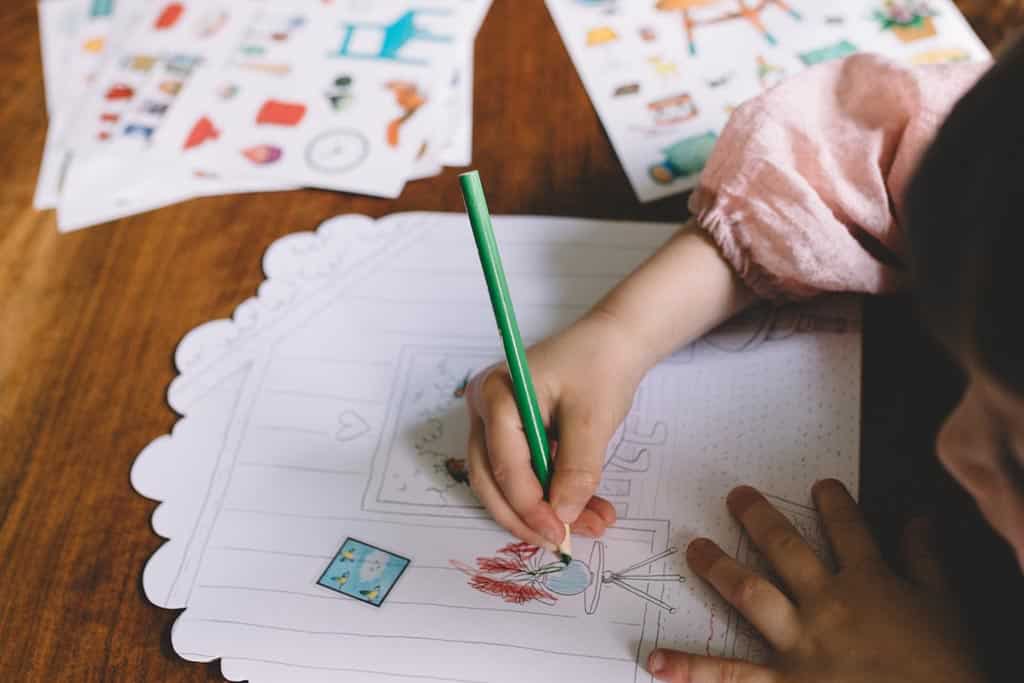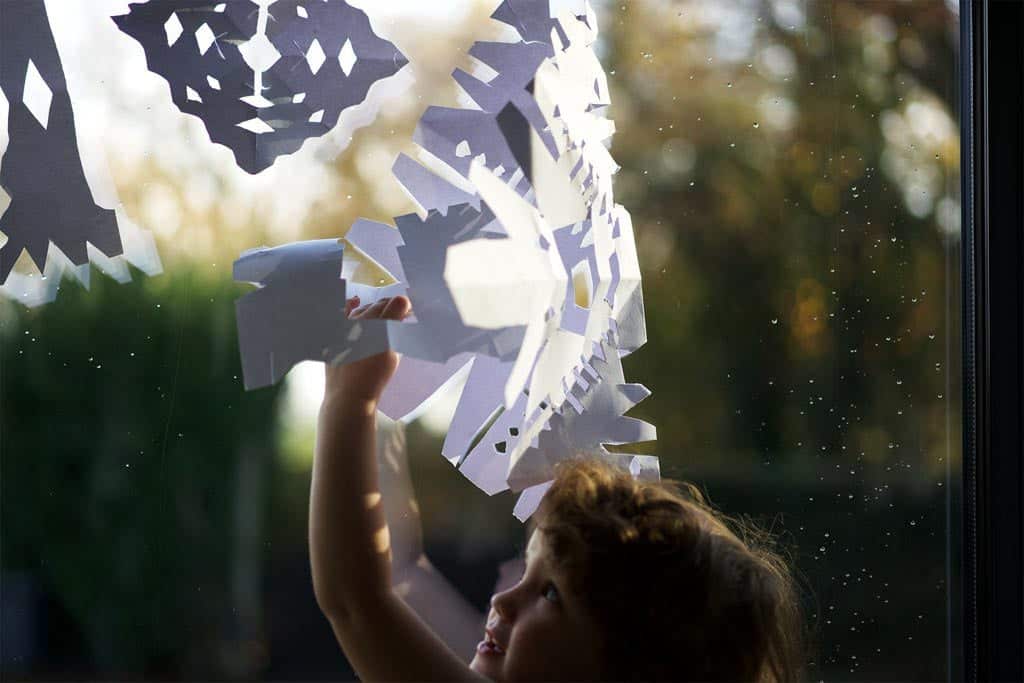Press your finger into playdough and make a hole.
Turn a key.
Hold a pencil.
Cut a circle out of paper with some scissors.
These are fine motor movements, movements of the hands and fingers.
These skills are essential for everyday tasks, like doing up buttons and zips, and also help children get ready for school.
Give your child purposeful fine motor activities and you will not only encourage greater dexterity but also their cognitive and problem-solving abilities. In this article, we will explore a range of fun and interactive activities designed to nurture fine motor skills in preschool-aged children.
Try a variety of fine motor activities
Playdough and clay
- Sculpting with clay: Use clay tools or even the tip of a pencil to score, press and pierce. The pressure required to tightly grip the tool strengthens the tripod grip, essential for writing.
- Rolling, Pinching, and Squeezing: Rolling playdough into balls, pinching it between fingers, or squeezing it into different shapes enhances fine motor control.
- Creating Miniature Models: Rather than simply marking the clay, use both hands to make models. The quality demanded of a finished piece leads to finer movements and greater attention to detail.
Cutting and tearing
- Cutting Practice with Safety Scissors: Provide child-safe scissors and let children practice cutting paper strips or simple shapes, developing hand-eye coordination and finger strength.
- Tearing Paper Collages: Tearing colourful paper and gluing the pieces onto a collage helps refine finger control and promotes creativity.
- Paper Snowflakes or Shapes: Encourage children to fold and cut paper to create snowflakes or geometric shapes, honing their cutting skills.
Manipulative and sorting
- Stringing Beads: Stringing beads onto a shoelace or pipe cleaner strengthens fine motor control and hand-eye coordination.
- Sorting Buttons or Small Objects: Sorting objects by colour, shape, or size enhances hand manipulation skills and fosters cognitive development.
- Using Tweezers or Tongs: Practicing picking up small objects with tweezers or tongs develops finger strength and precision.
Drawing and colouring
- Tracing Shapes or Lines: Provide templates or stencils for children to trace, improving hand control and pencil grip.
- Colouring Within the Lines: Encourage children to colour pictures while staying within the designated lines, refining fine motor skills and attention to detail.
- Dot-to-Dot Drawings: Connect-the-dot activities help preschoolers develop hand-eye coordination and pencil control as they complete the picture.
Everyday objects
- Using Clothespins: Clipping clothespins onto a container’s rim or a line strengthens finger muscles and enhances pincer grasp.
- Picking Up Small Objects with Tweezers: Using tweezers to pick up and transfer small objects like cotton balls or pom-poms hones fine motor skills and hand-eye coordination.
- Opening and Closing Containers or Lids: Encourage children to twist open and close jars or lids, developing hand strength and coordination.
See more fine motor activities with everyday objects
Fine motor activities with a sensory focus
- Finger Painting: Allow children to explore textures and improve finger control by engaging in finger painting activities.
- Sensory Bins with Sand or Rice: Encourage children to dig, pour, and manipulate sand or rice in sensory bins, stimulating tactile sensations and fine motor development.
- Sensory Play with Shaving Cream: Let children engage in sensory play with shaving cream, encouraging finger movements and creativity.
Final word
Developing fine motor skills is vital for preschoolers, as it lays a foundation for their future academic and everyday tasks. By engaging in a variety of enjoyable and purposeful activities, children can refine their fine motor control, boost their cognitive abilities, and unleash their creativity. Encourage preschoolers to embrace the joy of exploration and provide them with ample opportunities to develop their fine motor skills, setting them up for success in their future endeavors.




